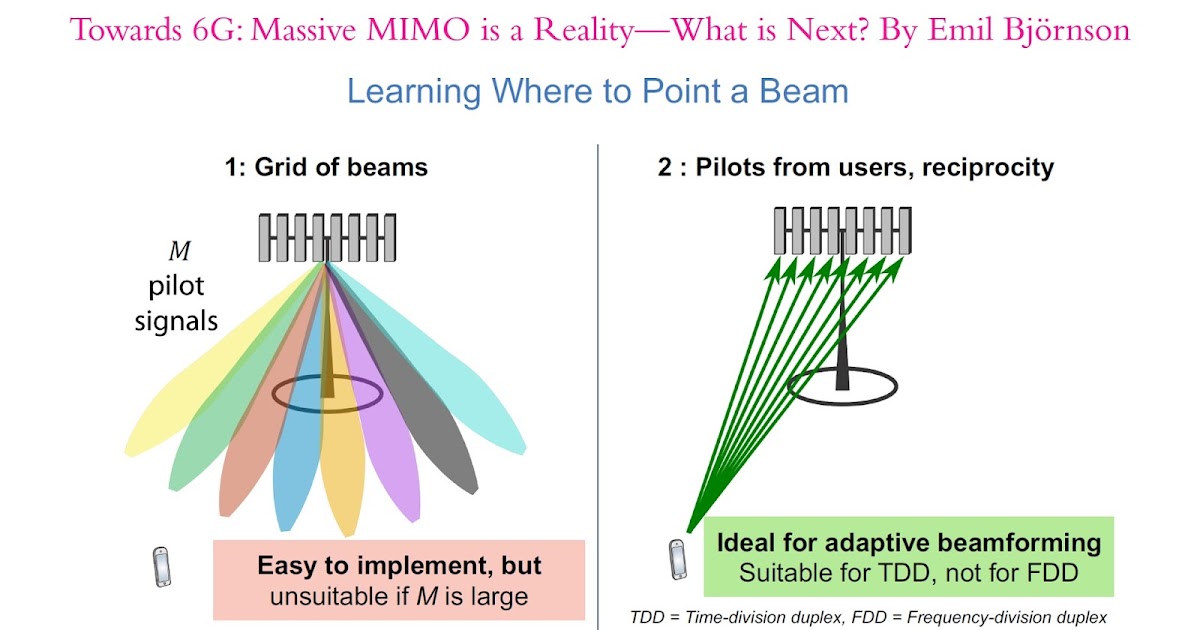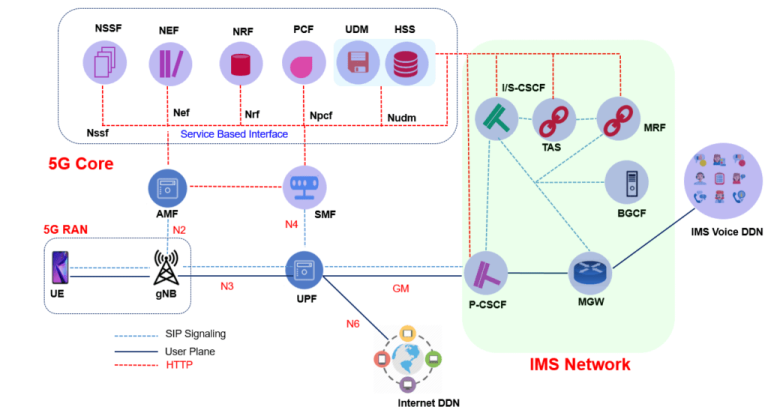Massive MIMO Explained: Telecom Training Video
telcomatraining.com – The demand for faster, more reliable wireless communication continues to grow as technologies like 5G and the upcoming 6G reshape the telecom landscape. One of the key technologies powering this transformation is Massive MIMO (Multiple Input, Multiple Output). In this article, we will explain Massive MIMO in simple terms, explore why it matters for the future of telecommunications, and introduce how a telecom training video can help professionals grasp this complex but essential topic.
What is Massive MIMO?
Massive MIMO is an advanced antenna technology that uses a large number of antennas at the base station to serve multiple users simultaneously. Unlike traditional systems that use only a few antennas, Massive MIMO deploys dozens or even hundreds of antennas to dramatically increase efficiency.
By leveraging spatial multiplexing, Massive MIMO transmits and receives multiple data streams in parallel. This approach boosts both capacity and coverage, which is crucial in high-demand areas such as stadiums, airports, or urban city centers.
Why is Massive MIMO Important for 5G and Beyond?
Massive MIMO plays a central role in 5G networks, offering three major benefits:
- Higher Capacity
By serving multiple users with the same time and frequency resources, Massive MIMO greatly improves spectral efficiency. This means operators can handle more devices without sacrificing speed. - Better Reliability
With more antennas, base stations can create highly focused beams that minimize interference. This beamforming capability ensures stronger, more stable connections. - Energy Efficiency
Massive MIMO directs energy where it is needed, reducing unnecessary power consumption and making networks more sustainable.
These benefits extend to future 6G networks, which are expected to require even more robust and energy-efficient infrastructure.
How Does Massive MIMO Work?
At its core, Massive MIMO relies on three fundamental techniques:
- Beamforming: Directing radio signals toward specific users instead of broadcasting everywhere.
- Spatial Multiplexing: Sending separate data streams to different users simultaneously.
- Channel State Information (CSI): Continuously monitoring and adjusting signals for optimal performance.
Together, these technologies make it possible to deliver ultra-fast, low-latency connections that modern telecom systems demand.
Learning Through a Telecom Training Video
For many engineers, students, and professionals, Massive MIMO can feel intimidating. The math behind antenna arrays, signal processing, and channel modeling is complex. That’s where a telecom training video becomes invaluable.
Unlike textbooks or lengthy whitepapers, a well-designed training video offers:
- Visual Demonstrations: Animated diagrams show how antennas interact in real-time.
- Step-by-Step Explanations: Complex equations are broken down into intuitive concepts.
- Real-World Scenarios: Examples from live 5G deployments help bridge theory with practice.
- Interactive Learning: Quizzes, visual summaries, and case studies reinforce key takeaways.
By watching a Massive MIMO explained training video, learners can grasp the technology faster and apply it directly in the field.
Who Should Watch a Telecom Training Video on Massive MIMO?
This type of training is ideal for:
- Telecom Engineers upgrading their skills for 5G and 6G deployments.
- University Students studying wireless communication or signal processing.
- Network Operators seeking to optimize coverage and reduce costs.
- Business Leaders wanting a high-level overview of how Massive MIMO impacts their networks.
Conclusion
Massive MIMO is more than just a buzzword—it is the foundation of modern and future telecom networks. By using large antenna arrays, it provides the speed, reliability, and efficiency needed to keep pace with the explosion of connected devices and data demands.
If you want to understand this powerful technology in depth, a telecom training video on Massive MIMO is one of the most effective learning tools. Whether you are an engineer, student, or decision-maker, gaining this knowledge will put you ahead in the rapidly evolving world of wireless communication.







